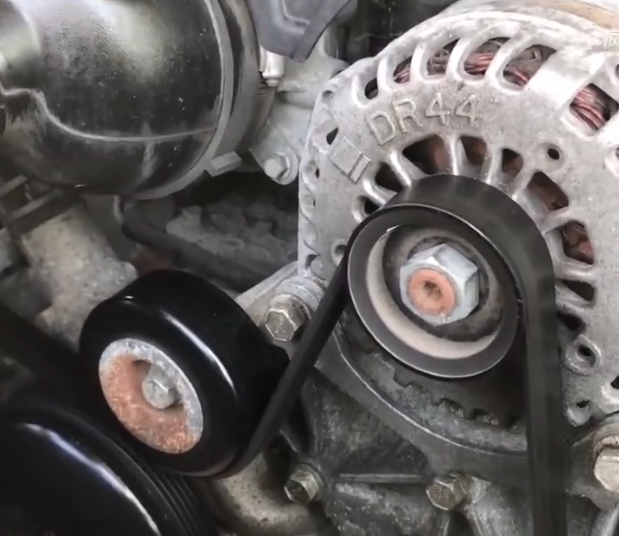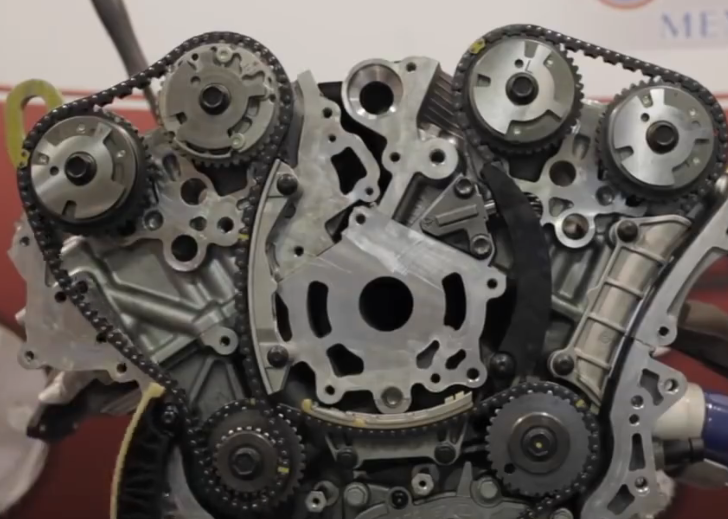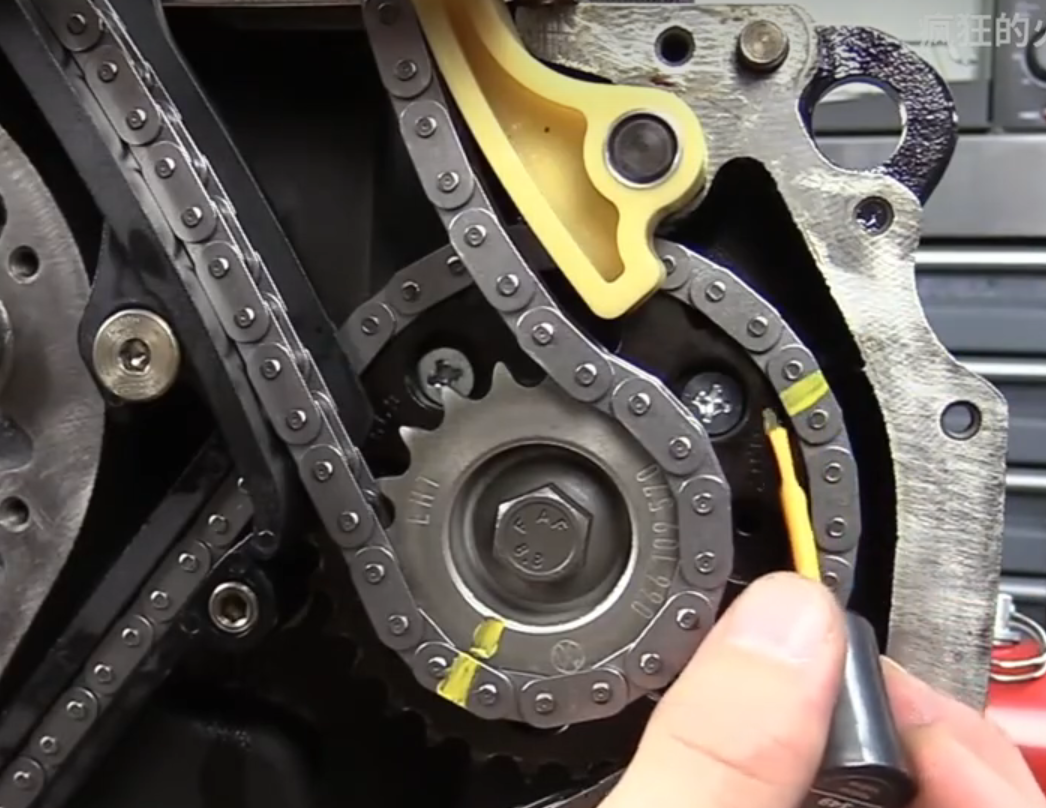 English
English Español
Español  Português
Português  русский
русский  Français
Français  日本語
日本語  Deutsch
Deutsch  tiếng Việt
tiếng Việt  Italiano
Italiano  Nederlands
Nederlands  ภาษาไทย
ภาษาไทย  Polski
Polski  한국어
한국어  Svenska
Svenska  magyar
magyar  Malay
Malay  বাংলা ভাষার
বাংলা ভাষার  Dansk
Dansk  Suomi
Suomi  हिन्दी
हिन्दी  Pilipino
Pilipino  Türkçe
Türkçe  Gaeilge
Gaeilge  العربية
العربية  Indonesia
Indonesia  Norsk
Norsk  تمل
تمل  český
český  ελληνικά
ελληνικά  український
український  Javanese
Javanese  فارسی
فارسی  தமிழ்
தமிழ்  తెలుగు
తెలుగు  नेपाली
नेपाली  Burmese
Burmese  български
български  ລາວ
ລາວ  Latine
Latine  Қазақша
Қазақша  Euskal
Euskal  Azərbaycan
Azərbaycan  Slovenský jazyk
Slovenský jazyk  Македонски
Македонски  Lietuvos
Lietuvos  Eesti Keel
Eesti Keel  Română
Română  Slovenski
Slovenski  मराठी
मराठी  Srpski језик
Srpski језик
How to choose timing belt or timing chain
2024-06-22
We need to first understand the engine timing system on the homepage
In the operation of internal combustion engines, the intake and exhaust valves are an important part. The intake valve is responsible for sucking in air during the compression stroke, while the exhaust valve exhausts exhaust gas after the power stroke is completed. In order to precisely control the opening and closing of these valves, the engine usually adopts an "overhead double camshaft" design, which is located at the top of the engine.

To achieve the movement of the camshaft to drive the valves, the crankshaft - a rotating component located at the bottom of the engine - plays a crucial role. Due to the camshaft being at the top and the crankshaft being at the bottom, the connection between the two depends on the timing belt or timing chain. When the crankshaft rotates, it drives the belt or chain, which in turn causes the camshaft to rotate and achieve precise valve opening and closing.
Timing belt and timing chain

Timing belt: Early engines often used timing belts. Its advantages lie in low cost, low noise, and minimal power loss. However, due to the rubber material of the belt, it is prone to aging when working in high temperature environments for a long time. Therefore, car owners need to replace it regularly, and it is generally recommended to do so between 60000 and 80000 kilometers. If not replaced in a timely manner, belt breakage may cause the valve to collide with the piston, resulting in serious engine damage.
Timing chain: In order to solve the problem of belt aging, many modern engines have started to use timing chains. The chain is made of metal and has the characteristics of compact structure, high transmission efficiency, and long service life. Compared to belts, chains are almost maintenance free for life. But chains also have their drawbacks, such as high cost, slightly loud noise, and the need for additional oil lubrication.
Timing Tensioner

Both belts and chains are equipped with tensioners in the timing system. This device can automatically adjust the tension of the belt or chain to ensure the accuracy of valve timing. If there is a problem with the tensioner, it may cause the chain to loosen or the starting teeth to jump.
Which one is better to choose?

From a cost perspective, the manufacturing cost of timing chains is relatively high, but in the long run, their maintenance free characteristics can reduce the subsequent costs for car owners. Although the initial cost of the timing belt is low, the replacement frequency is higher in the later stage and there is a risk of breakage.
For car owners, choosing which system to use depends more on personal needs and preferences. The timing chain is more stable and reliable, while the timing belt is quieter. However, for most family cars, as long as the vehicle's performance is stable and reliable, owners often do not pay too much attention to the specific type of timing system.
When purchasing a car, besides focusing on the vehicle's performance and configuration, understanding the type of engine timing system is also a good choice. But the most important thing is to choose a car model that you like and suits you.




